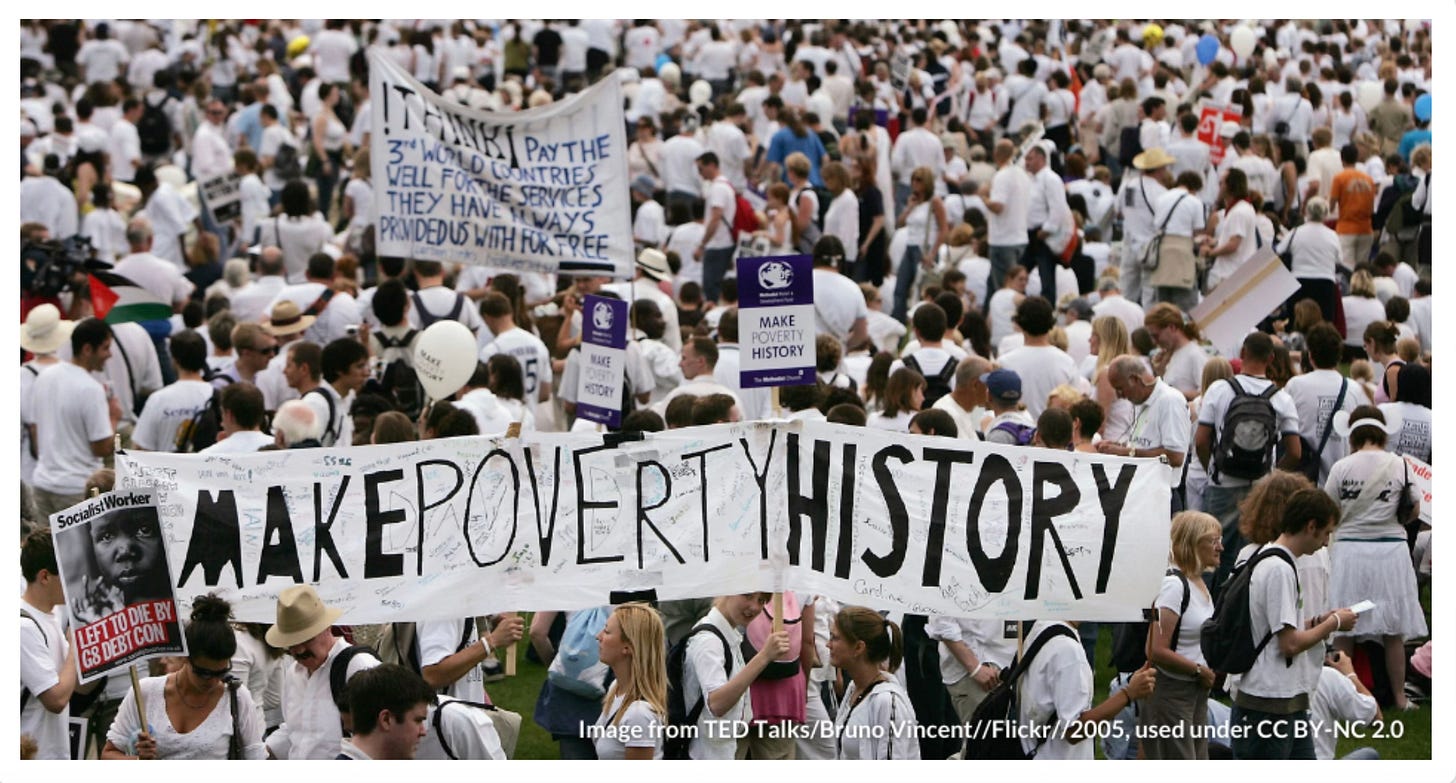From Silent Spring to Silence is Violence: the rise and fall of 'progress'
How the long wave of liberal-left thinking born in the 60s turned into its opposite
As every listener to The Rest is History knows, it doesn’t move in straight lines. History ebbs and flows, surging forward in waves of progress and then retreating, eddying around unintended consequences. Economic historians nevertheless often talk about long waves, cycles of investment and productivity that seem to encapsulate an era. The history of left-liberal thought in the post-war West can also be usefully understood as a “long wave”, with roughly generational phases encompassing the last three score years and ten.
The wave began in the late 1950s and the dawn of civil rights, feminism and environmentalism. These progressive causes were consolidated around the Millennium and became an orthodoxy. The third phase, which began in the 2010s, saw the wave of progress ossify into a form of moral absolutism requiring adherence, amongst other illiberal doctrines, to a quasi-religious belief that humans can be born into the wrong bodies. The very movement that championed liberty and equality started to ape authoritarian controls on freedom of expression.
On the plus side, this long wave has arguably expanded individual rights, overturned social taboos, and reimagined the relationship between citizen and state — Enlightenment in the original sense of the word. But this very progressivism has generated its dialectical opposite: Donald Trump’s MAGA revolution — an alt-right inversion of woke.
But first, to quote Talking Heads: how did we get here?
Keep reading with a 7-day free trial
Subscribe to Iain Macwhirter's Substack to keep reading this post and get 7 days of free access to the full post archives.


